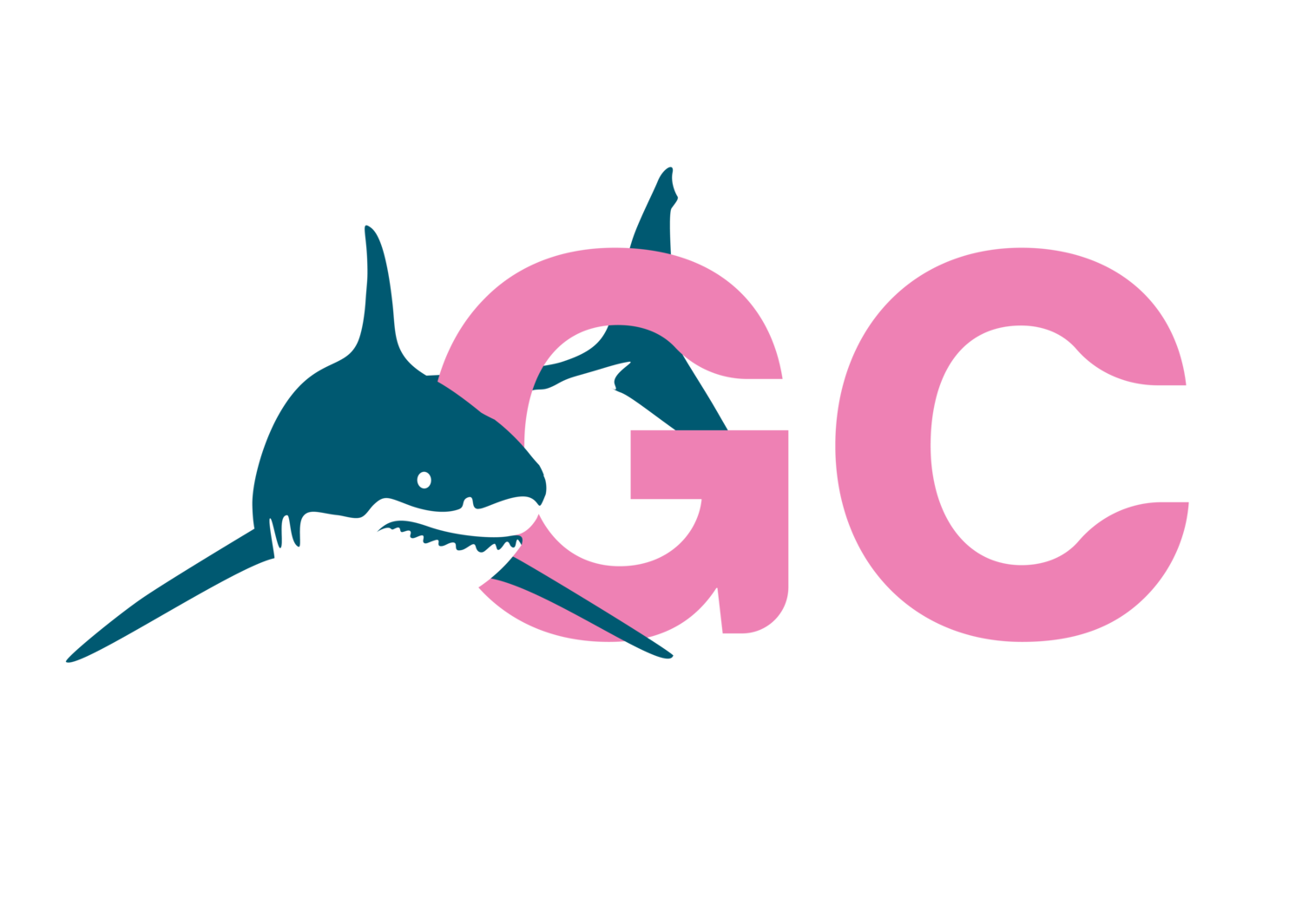IUCN Red List Status: Least Concern
The Milk Shark is a small, tropical species that inhabits the shallow waters of beaches and estuaries along the coasts of Africa, Southeast Asia, and Australia.
Reportedly, Milk Sharks can travel into freshwater habitats.
This species is probably not migratory, and populations off the coast of Indonesia are genetically distinct from populations off the coast of eastern Australia.
Because of its small size of only 5-5.5 ft (152-168 cm), the Milk Shark is not considered a threat to humans.
Milk Sharks eat small fishes, cephalopods, and invertebrates. They are eaten by larger sharks such as Blacktip Sharks and could be an important prey item for large marine mammals as well.
Milk Sharks are viviparous, meaning pups are nourished by a placental connection during gestation. Female Milk Sharks are pregnant for one year before giving birth to litters of 1-6 pups that range in length from 9.8-15.4 in (25-39 cm).
Off the coast of Oman in the Indian Ocean, Milk Shark litters often have twice as many female pups as male pups, but off the coast of Senegal in the Atlantic, litters have the same number of male and female pups.
Milk Sharks are commonly captured by gillnet and trawl fisheries. Sometimes the fins and meat are prepared for human consumption, but mostly this species is used for fish meal.
Despite being heavily exploited, Milk Shark populations do not appear to be in danger of extinction.
Milk Sharks may be resilient to over harvesting because they are relatively fast growing, reach maturity at a small size, and produce a litter of pups every year without taking a break between reproductive cycles.



